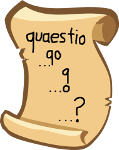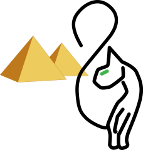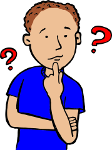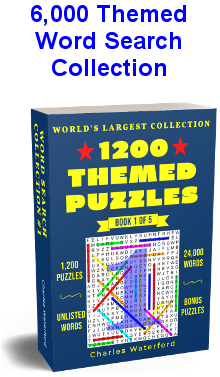Monosyllabic Q & A

| No. of Players: | 2+ |
| Type of Game: | spoken |
| What you need: | nothing |
Goal
To pose and answer questions using just one-syllable words.
How to play
Players sit in a circle and take turns asking the player to their left a question. Both the question and the answer can only use monosyllabic words. Simple YES or NO answers are not permitted. Answers must be longer than a single word and in the form of a full sentence. Any player who mistakenly uses a word with more than one syllable must drop out of the game. The last player left is the winner. For added fun, a short time limit can be set for answers.
This game is similar to Short Story.
Example
The seven players sit in a circle.
| Alfonso: | What do you eat? |
| Brenon | I eat oats. Do you think I am a horse? |
| Carole | You look like a horse for sure. Are you too warm or too cold now? |
| Daisy: | I am just right, thank you. I think May is the best month. Do you? |
| Erwin | June is better. What do... |
Multiple players note Erwin's use of 'better' and he drops out.
| Famke: | I will say June is best too. Gwenn, do you like March? |
| Gwenn | March is too cold for me. Where do you go to get your hair cut? |
| Alfonso | I stay home and Famke cuts it for me. Why are... |
Alfonso drops out for using 'Famke.'
| Brenon: | I go to Frank's Cuts on Third Street. Are you a rich gal? |
| Carole | I have no cash this month at all... |
And so on.
Did you know?
The historical origins of the question mark is (pardon the pun) a bit of a question mark.

One theory says that scholars in the Middle Ages would write the Latin word quaestio at the end of a sentence to show it was a question. Since this was rather cumbersome to write out each time, it was eventually abbreviated. First to qo, then to q on top of o, and finally into the "?" symbol we know today. This is much like how our own cursive signature, which we once perfected in third grade, eventually morphed into the squiggly lines we now use as adults. But alas, there is little evidence to back up this theory.

A competing theory, also unsubstantiated, argues that the curve of the question mark traces back to the ancient Egyptians. Since Egyptians were famed for their worship of cats, it makes sense they would have been inspired by the similar shape of an inquisitive cat's tail.

In the end, perhaps it's appropriate this question remains a mystery. What do you think?

